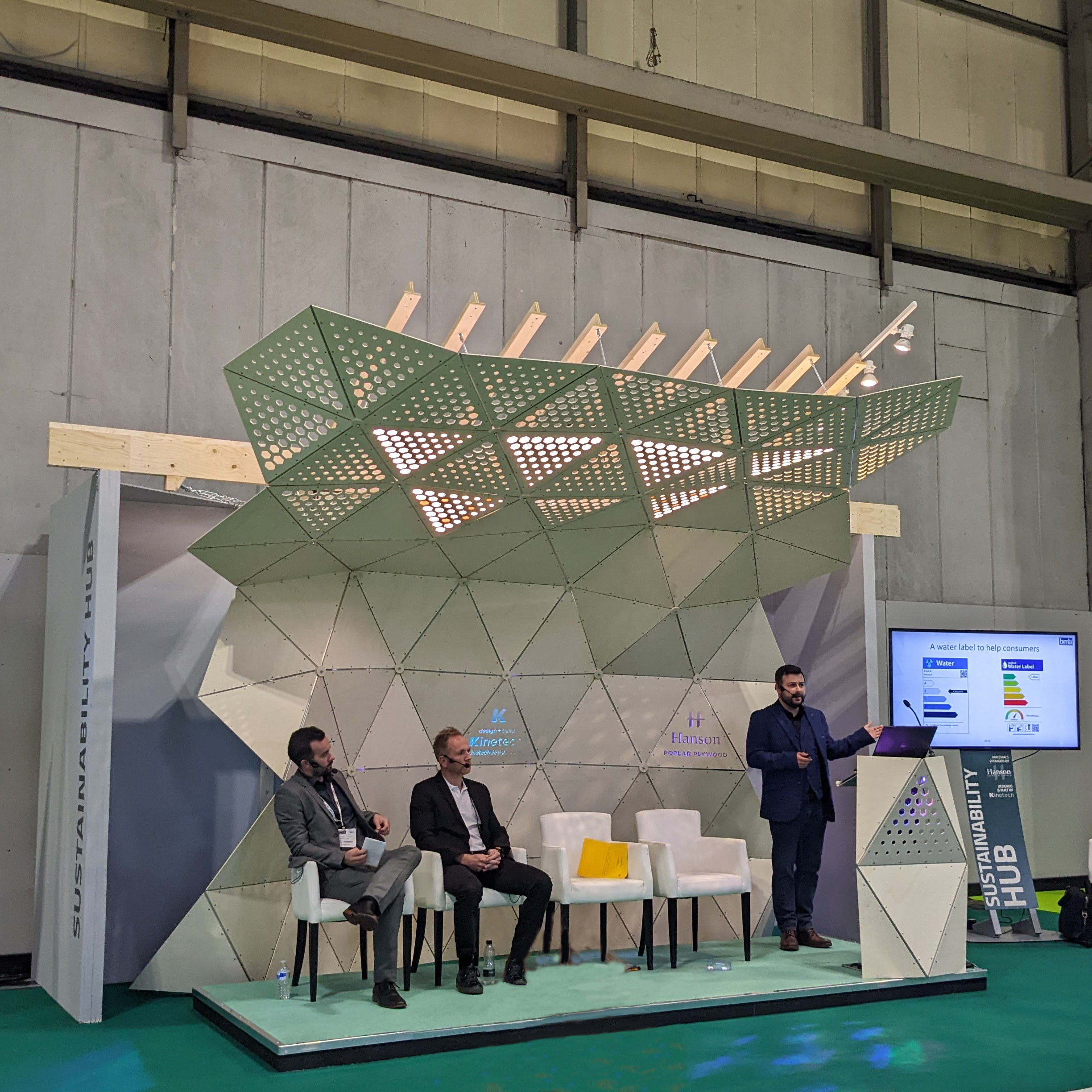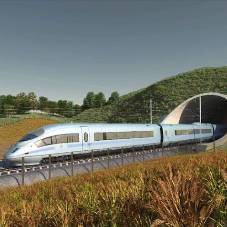If you have ever lived in a university town or city you know that student housing is everywhere. And it spreads like a rash.
As one of the fastest growing rental markets in the UK, and perhaps the one with the worst reputation, is it possible deliver sustainable student housing?
One of the main issues in building student housing is the fast-moving nature of the market. Student housing needs to be built rapidly to match the rate of university admissions. But how can a market so fast-paced ever really be sustainable?
At Ecobuild 2018 I got talking with OeAD-Housing Office who offer accommodation for about 12,000 exchange students annually in Vienna, Graz, Salzburg, Innsbruck, Linz and Klagenfurt. They are dedicated to creating student accommodation that is up to Passivhaus standard.
One of their projects in particular caught my attention; PopUpdorms.
Catering towards temporary student housing the OeAD installed a PopUpdorm for 40 students in Vienna. Taking advantage of unused land, they provided a prefabricated solution that included 10 residential units surrounding a communal courtyard. Each cluster flat included two bathrooms and a kitchenette and a large shared kitchen and laundry rooms were installed in the courtyard inside of an old shipping container.
Each cluster flat is its own, self-sustaining, independent design that can be moved when it is no longer required.
The units took two months to build and an additional three weeks to install on site.
The units were installed on prefabricated point concrete foundations and then linked up to water, electrical and sewage lines.
According to OeAD the construction costs were around 1,270 € per m2 compared to the Austrian standard of 1,450 €. And, although the project complies with Passivhaus standards the students aren’t out of pocket. They pay on average 350 € per month. Proving that sustainability does not drive up costs.
Though designed as temporary student accommodation, this project proves that student housing can be quick, sustainable and not cost an arm and a leg.
Could Passivhaus standard offsite construction be the answer to sustainability in the student housing market in the UK? And is there a benefit in having movable accommodation?
Student housing is temporary by definition. The average student only occupying the same space for one university year. The rate of occupation completely relies on university intake and is not a given year after year.
What if student accommodation could move and grow with a university's needs?
Modular construction is quick and efficient, causing minimal disruption during installation and demolition. It can meet the demands of a fast-growing market whilst being sustainable and reusable.
We can’t say for sure that the current demand for university places (and accommodation) will last. With rising tuition fees and greater emphasis on apprenticeships the future of academia is uncertain. Prefabricated student accommodation could be the best solution overall, accommodation that can be reused and repurposed if need be.
What do you think? Is prefabrication the answer to sustainable student housing? Let us know on LinkedIn.
OeAD-Housing Office are offering a Green Building Solutions course in Vienna to gain first-hand ecological knowledge and engineering expertise from eleven Austrian universities and research institutes together with two international institutions bundled in a three-week program in the capital of energy efficient building. The registration deadline is June 2018, for more information visit www.summer-university.net.
Related Blog Articles










